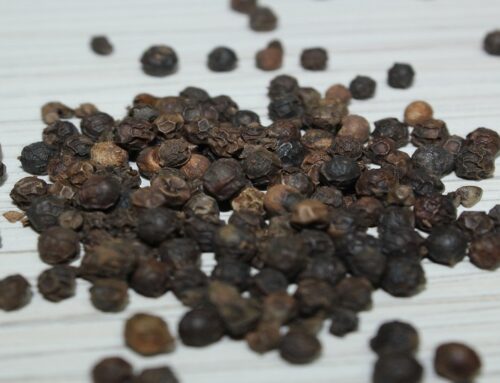MILK is the normal mammary secretion derived from complete milking of healthy milch animal. It is also defined as the whole, clean, fresh, lacteal secretion obtained by complete milking of one or more healthy milch animals. Milk has been evolved as an ideal source of nourishment to the young ones of a particular species producing it. In many parts of the world, cow is the major source of milk for human consumption. However, some other sources of milk like buffalo, goat, sheep, camel etc have also been employed for milk consumption. In India, the principal sources of milk are cow and buffalo. Moreover, in few parts of the country some amount of goat milk is also being consumed.
Nutritive Value of Milk
Proteins: Milk proteins are complete proteins of high quality and contain all essential amino acids in fairly large quantities. Protein is vital for living organisms and being a good source of proteins milk is essential in the diet.
Minerals: Milk is an excellent source of calcium and phosphorus. Both of these minerals together with vitamin D are essential for bones. Milk is however low in iron, copper and iodine.
Vitamins: Vitamins are necessary for normal growth, health and reproduction of living organisms. Milk is a fairly good source of vitamin A, vitamin D (provided the cow is exposed to enough sunlight), thiamine, riboflavin etc. However, it is deficient in vitamin C.
Fat: Milk fat is not only a good source of energy but also contains significant amounts of essential fatty acids accessory for the body. It plays a significant role in the nutritive value, flavor, richness and physical properties of milk and milk products. It is rich source of calories and imparts smooth texture and rich taste to dairy products.
Lactose: Lactose is also known by the name milk sugar. The principal function of lactose is to supply energy. It also facilitates assimilation in the intestine and also checks the growth of proteolytic bacteria by establishing a mildly acidic reaction in the stomach.
Energy value: The energy providing milk constituents and their compositions are as follows:
- Milk fat – 9.3 C/g
- Milk protein – 4.1 C/g
- Milk sugar – 4.1 C/g
*On an average, cow milk furnishes 75 C/100g and buffalo milk 100 C/100g.
We regularly publish informative videos on various “Food, Agriculture, Gardening and Horticulture” topics. You may view these videos here…
You may also check out our Digital Publishing Services for Food, Agriculture, Gardening and Horticulture Sector by visiting this link







Leave A Comment
You must be logged in to post a comment.